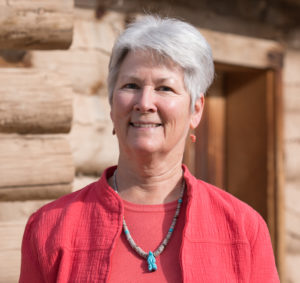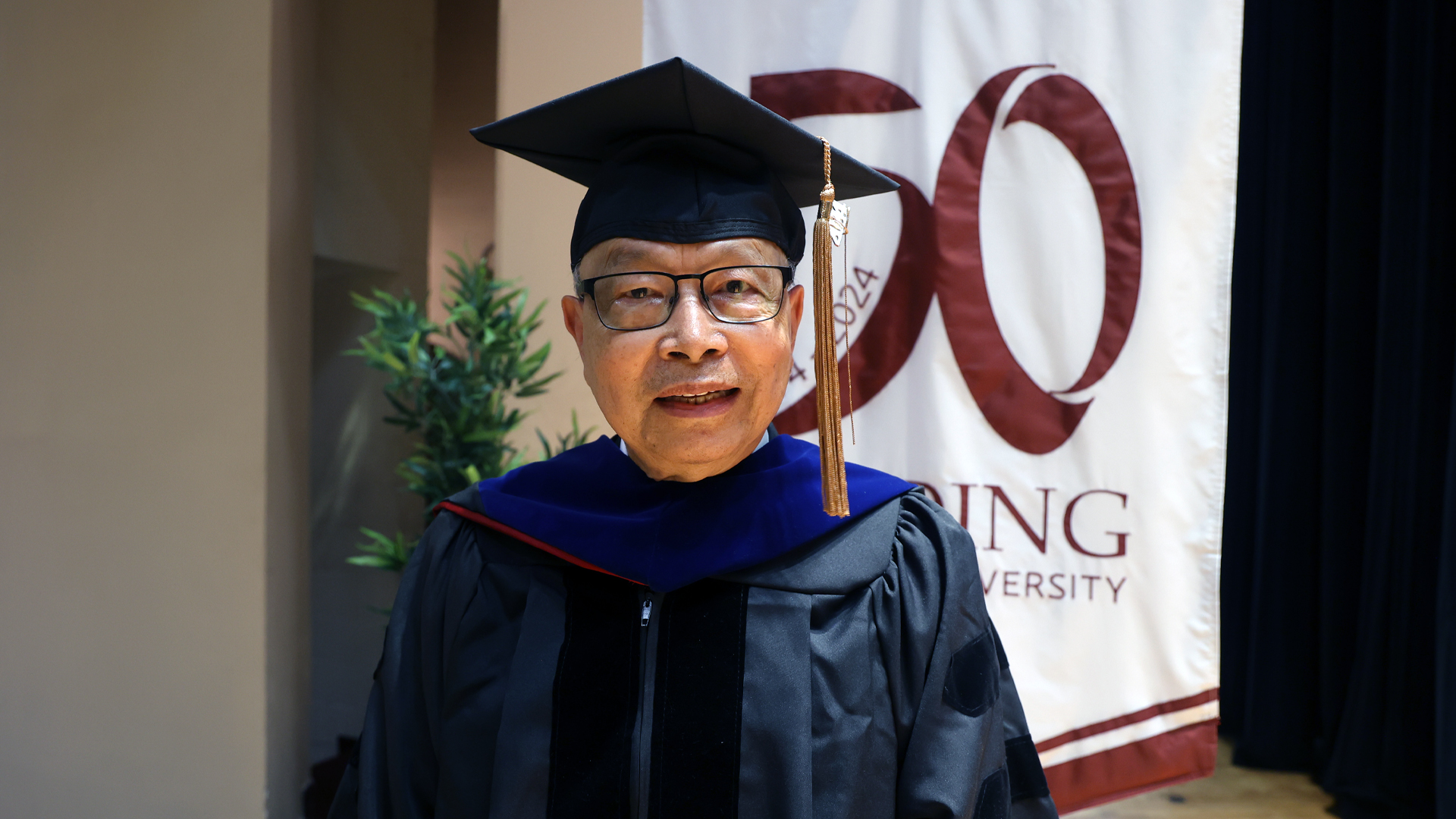Mary G Warren, PhD, IMH-E®
Doctoral faculty, Infant & Early Childhood Development
MAy 6, 2020
Our lives are steeped in culture. Hair care is part of how we learn about, are influenced by, and revise our own culture. Mothers are the first architects of how our hair reflects us.
 Growing up, who first took care of your hair? Probably this person was your Mother. She washed it, dried it, combed it, and when there was enough to tie up some way, you may have sprouted a palm tree out of the top of your head. Or, maybe your hair was cut short to make caring for it easy. Where you lived as a baby, who was in your close family, and what the cultural norms said about children’s hair all influenced how your Mother cared for your hair. These same elements still influence your hair care.
Growing up, who first took care of your hair? Probably this person was your Mother. She washed it, dried it, combed it, and when there was enough to tie up some way, you may have sprouted a palm tree out of the top of your head. Or, maybe your hair was cut short to make caring for it easy. Where you lived as a baby, who was in your close family, and what the cultural norms said about children’s hair all influenced how your Mother cared for your hair. These same elements still influence your hair care.
Hair is Personal. Hair is Social. Hair reflects both an individual and the norms of the collective society. Hair—how it is styled, groomed, covered under a hat or hijab or not—influences and is influenced by cultural norms. Cultural norms are dynamic, evolving as humans interact with each other and their environments (Rogoff, 2003). How hair is groomed, protected, and styled, particularly in early childhood, reflects your family life in this cultural evolution.
What does culture look like in a family? The daily routines of living together, keeping house, feeding and clothing family members all establish the family’s culture. Often, these routines are passed down intergenerationally. They may change over time with the addition of children, moves to different geographic locations, deaths of grandparents. How Mothers think of their roles, sometimes based on typical gendered roles, sometimes fixed due to employment schedules, perhaps changing with social norms, all influence who typically cares for the children’s hair. Religion, school, and the celebrations that these institutions may generate—like baptism, graduation, prom—affect a family’s culture, and certainly how hair is groomed and styled.
Why is the culture of the family important? Family connotes cohesion, a sense of belonging. As part of a family, children learn to rely on predictability, the fun of anticipation, how to negotiate the hierarchies of power. Family stories are passed on during meals, bedtime routines, and even hair combing. Hair combing can incorporate lessons on vocabulary (barrettes, ribbons, scrunchies), math, colors, shapes. How family handles disruptions like moves, divorce, death, job loss may be explained and talked about during hair care activities. Learning about expressing emotions, coping with uncertainty, and changing strategies are valuable lessons.
How does the social environment influence how hair is groomed, cared for, styled? Episodes like the coronavirus pandemic of 2020 dramatically affected how hair was styled. The Wall Street Journal (3/24/2020) reported on ‘Homemade Haircuts Grow’ when salons were closed saying, “…people are resigned to the fact that haircuts will be functional, if perhaps not stylish, for the foreseeable future…In three months, everyone is going to have a bowl cut or a mullet…the two options when you cut your own hair.” There are many variations on how males vs females wear their hair. These gender norms begin in early childhood. How celebrities and sports figures wear their hair can form models for children to emulate—or entreat Mothers to allow them to emulate. Celebrations like dances and other social get-togethers can provide opportunities for extra care and consultation around mousse, fancy designs, and creative accessories.
Mothers start our hair careers from the very first style.
ABOUT THE AUTHOR:
Join Over 7,500 Fielding Alumni Located Around The World!
Change the world. Start with yours.™







Get Social